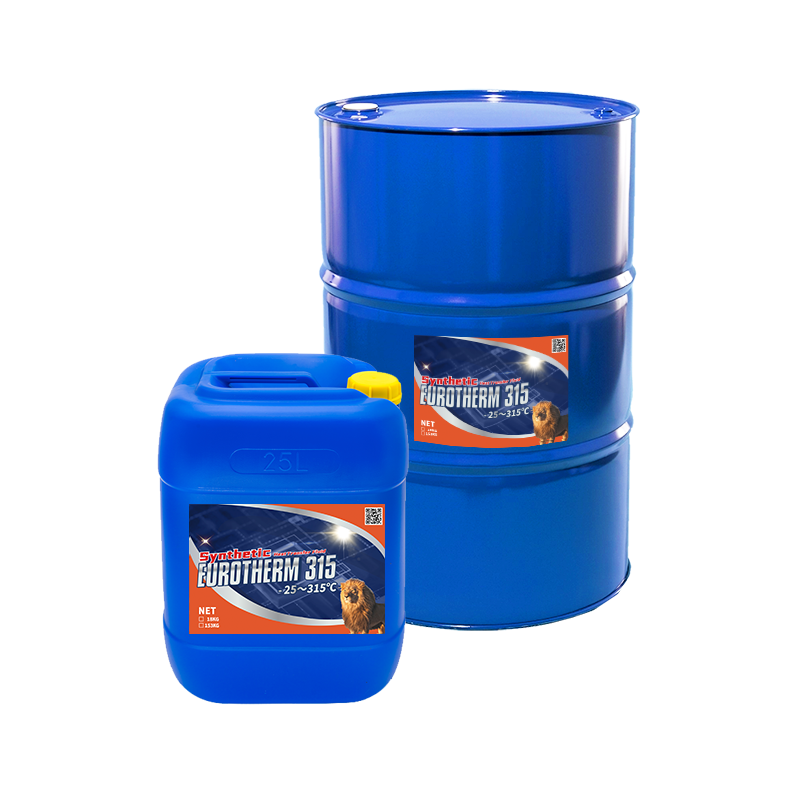Examine This Report on Chemie
Examine This Report on Chemie
Blog Article
The Main Principles Of Chemie
Table of ContentsChemie Things To Know Before You BuyChemie Fundamentals ExplainedThe Single Strategy To Use For ChemieChemie - The FactsExcitement About ChemieChemie Can Be Fun For Everyone
By Bojanna Shantheyanda, Sreya Dutta, Kevin Coscia and David SchiemerDynalene, Inc. Liquid cooling, which can be accomplished using indirect or straight methods, is utilized in electronics applications having thermal power densities that may exceed risk-free dissipation via air cooling. Indirect liquid cooling is where warm dissipating electronic components are literally divided from the fluid coolant, whereas in situation of direct air conditioning, the elements are in straight call with the coolant.Nonetheless, in indirect air conditioning applications the electric conductivity can be essential if there are leakages and/or spillage of the liquids onto the electronic devices. In the indirect cooling applications where water based fluids with rust preventions are usually utilized, the electric conductivity of the liquid coolant mainly relies on the ion concentration in the liquid stream.
The increase in the ion focus in a closed loop liquid stream may take place due to ion leaching from steels and nonmetal elements that the coolant fluid is in contact with. Throughout operation, the electric conductivity of the liquid might boost to a degree which can be unsafe for the air conditioning system.
What Does Chemie Mean?
(https://www.indiegogo.com/individuals/38353167)They are grain like polymers that can trading ions with ions in a remedy that it touches with. In the here and now work, ion leaching examinations were performed with various steels and polymers in both ultrapure deionized (DI) water, i.e. water which is treated to the highest possible degrees of purity, and low electric conductive ethylene glycol/water blend, with the gauged change in conductivity reported over time.
The samples were permitted to equilibrate at area temperature level for two days prior to taping the initial electric conductivity. In all tests reported in this research study fluid electric conductivity was determined to a precision of 1% using an Oakton CON 510/CON 6 series meter which was calibrated before each dimension.
Not known Details About Chemie
from the wall surface heating coils to the center of the furnace. The PTFE example containers were positioned in the heating system when steady state temperature levels were reached. The test arrangement was eliminated from the heating system every 168 hours (7 days), cooled to room temperature with the electrical conductivity of the fluid gauged.
The electric conductivity of the fluid sample was checked for a total of 5000 hours (208 days). Number 2. Schematic of the indirect closed loophole cooling down experiment set-up - inhibited antifreeze. Table 1. Elements utilized in the indirect shut loophole cooling experiment that touch with the fluid coolant. A schematic of the experimental configuration is revealed in Figure 2.

Get This Report about Chemie
Throughout operation the fluid reservoir temperature level was maintained at 34C. The adjustment in liquid electric conductivity was checked for 136 hours. The liquid from the system was accumulated and kept. Shut loophole test with ion exchange resin was carried out with the exact same cleansing treatments employed. The first electric conductivity of the 230ml UP-H2O in the system measured 1.84 S/cm.

0.1 g of Dowex resin was contributed to 100g of liquid samples that was taken in a different container. The combination was mixed and change in the electric conductivity at area temperature level was measured every hour. The gauged adjustment in the electrical conductivity of the UP-H2O and EG-LC test liquids including polymer or steel when engaged for 5,000 hours at 80C is shown Figure 3.
Everything about Chemie
Ion leaching experiment: Calculated modification in electrical conductivity of water and EG-LC coolants consisting of either polymer or metal examples when submersed for 5,000 hours at 80C. The outcomes suggest that metals added fewer ions right into the fluids than plastics in both UP-H2O and EG-LC based coolants.
Fluids having polypropylene and HDPE showed the cheapest electric conductivity modifications. This could be because of the brief, stiff, direct chains which are much less most likely to add ions than longer branched chains with weaker intermolecular pressures. Silicone additionally did well in both test fluids, as polysiloxanes are generally chemically inert due to the high bond energy of the silicon-oxygen bond which would protect against degradation of the material into the liquid.
Rumored Buzz on Chemie
It would be anticipated that PVC would certainly generate similar outcomes to those of PTFE and HDPE based on the comparable chemical frameworks of the products, nonetheless there might be other contaminations present in the PVC, such as plasticizers, that may influence the electrical conductivity of the liquid - fluorinert. Furthermore, chloride teams in PVC can additionally seep into the examination liquid and can trigger a rise in electrical conductivity
Polyurethane completely degenerated into the test liquid by the end of 5000 hour test. Before and after pictures of steel and polymer samples immersed for 5,000 hours at 80C in the ion seeping experiment.
Measured change in the electric conductivity of UP-H2O coolant as a feature of time with and without material cartridge in the shut indirect air conditioning loophole experiment. The gauged change in electric conductivity of the UP-H2O for 136 hours with and without ion exchange resin in the loop is displayed in Number 5.
Report this page